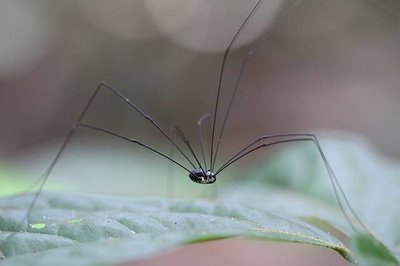Stine is investigating the role of species that connect biological networks, i.e. ‘global connectors’. She is currently looking into three different systems.
Eider ducks migrating between Greenland and Arctic Canada. The indigenous people of Greenland have hunted eiders for centuries, but recent technological development has made fast moving motor boats and powerful guns accessible for the indigenous people, increasing their hunting efficiency and making the conflict between humans and birds an increasingly uneven one. The aim of this project is to investigate the interplay between humans and eiders, and how this affects the networks the eiders are part of in both Greenland and Canada.
Invasive harvestmen in Denmark. Within the past few decades several Mediterranean species of harvestmen have successfully invaded Denmark and are now causing population declines in the native harvestmen fauna. It is suspected that the dispersal of the invasive harvestmen has been facilitated by human activities, e.g. car transport. To unravel the reasons why the invasive harvestmen species are so successful in Denmark, the project will investigate the interactions between the invasive harvestmen and the Danish fauna.
Global horseshoe crab distribution in relation to climate change. The World’s populations of these ‘living fossils’ are declining at an alarming rate. Human exploitation of horseshoe crabs is extensive, and the utilization varies from human consumption to extraction of blood for clinical purposes. In addition, horseshoe crabs are dependent on sandy beaches with a certain tide and slope for breeding, but these habitats are now disappearing because of the expanding human population and rising sea levels caused by climate change. The project will investigate the current and future distribution of horseshoe crabs under predicted climate change, and the results of this study will expectedly aid the future conservation of these organisms.
